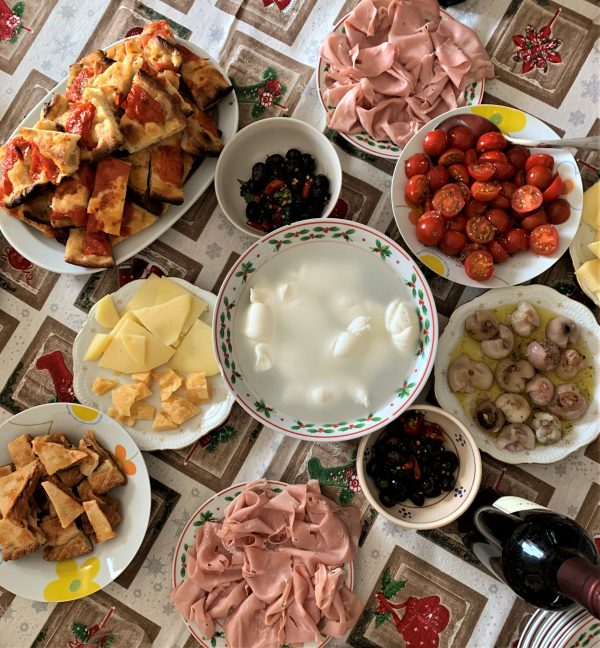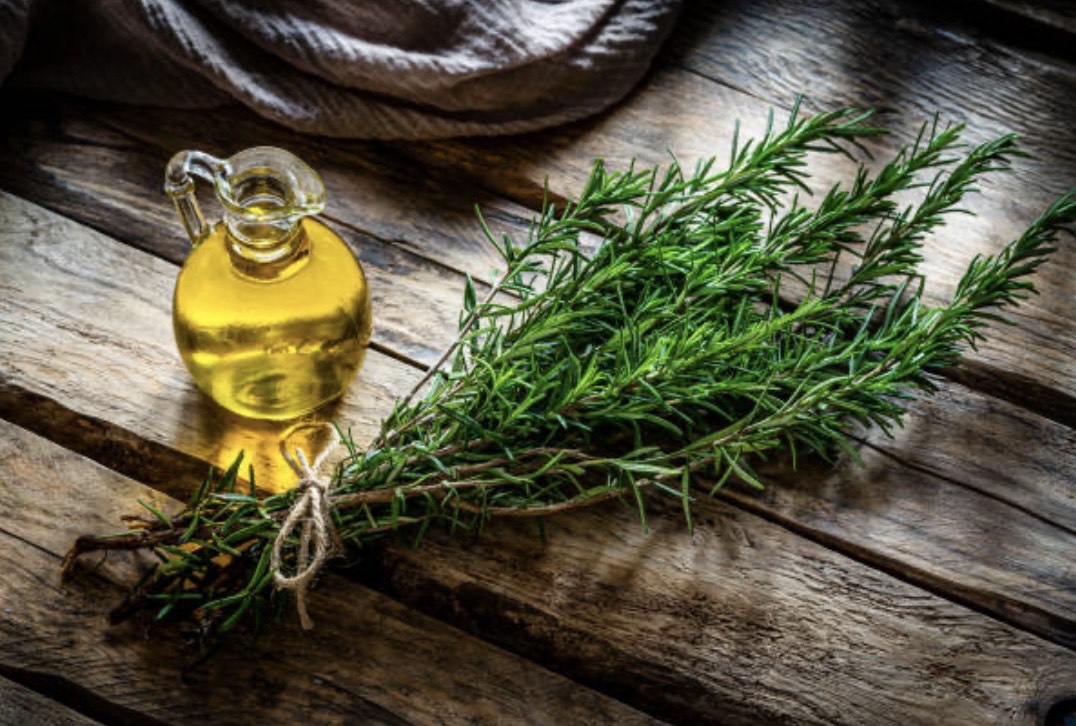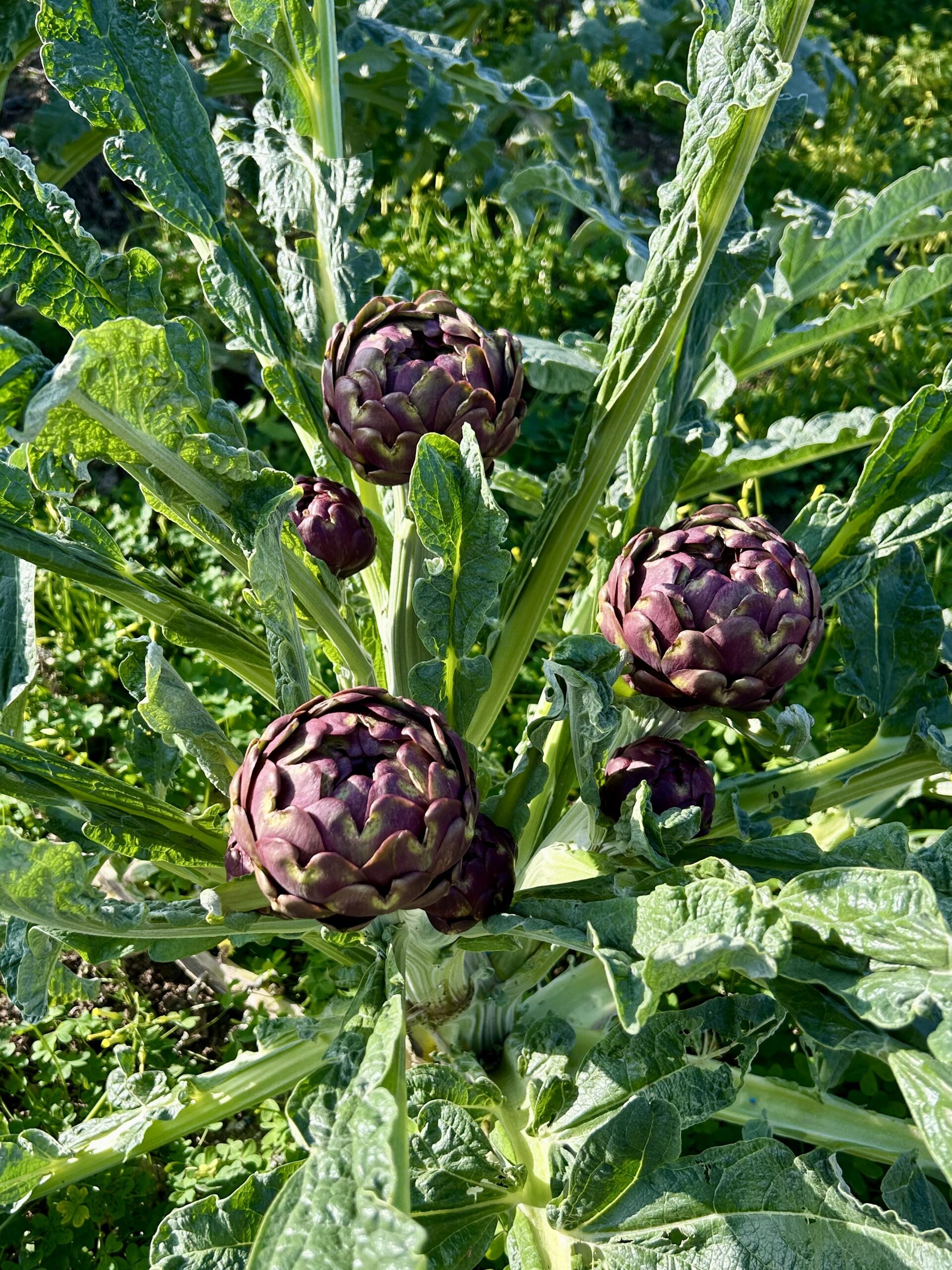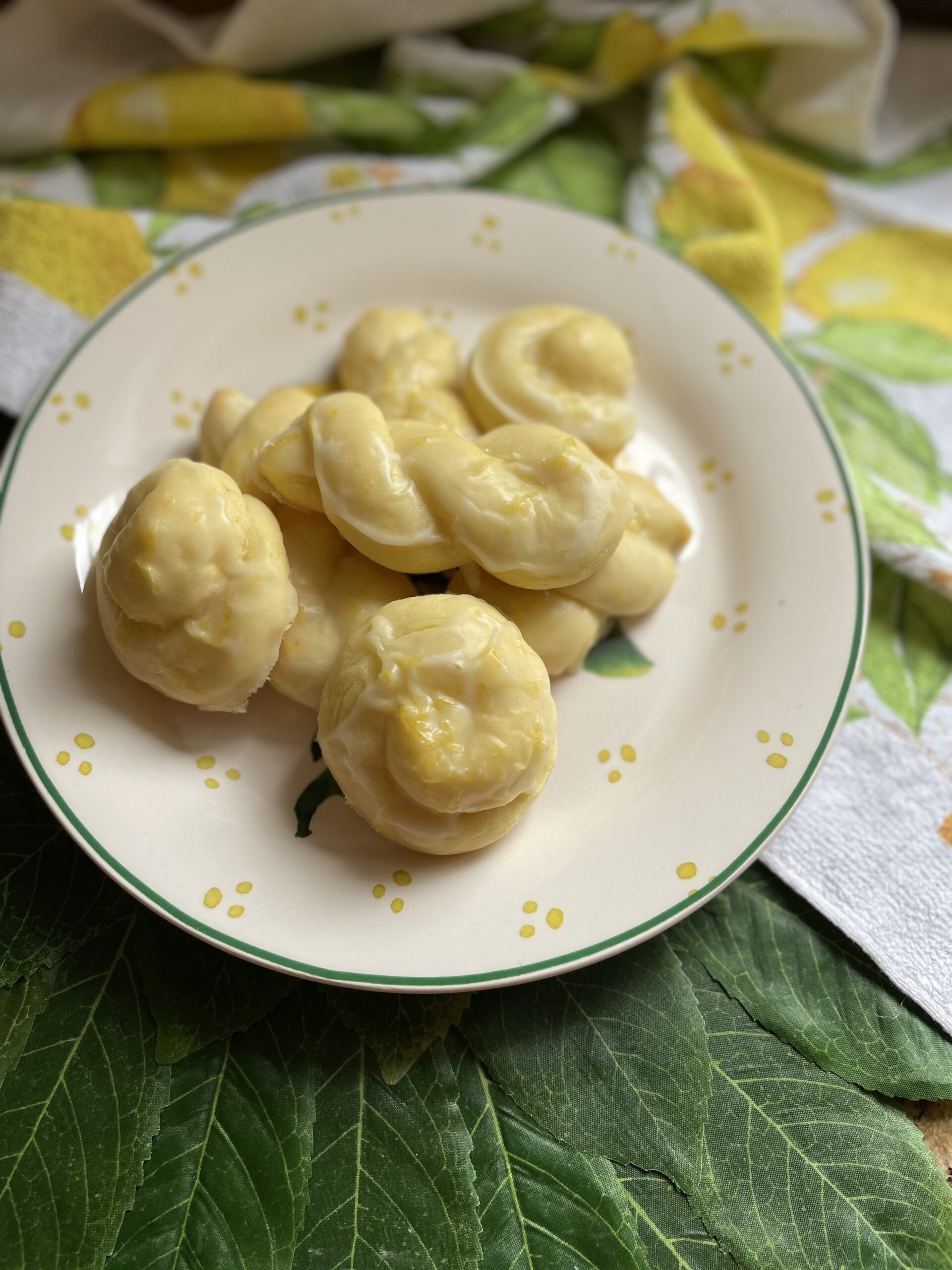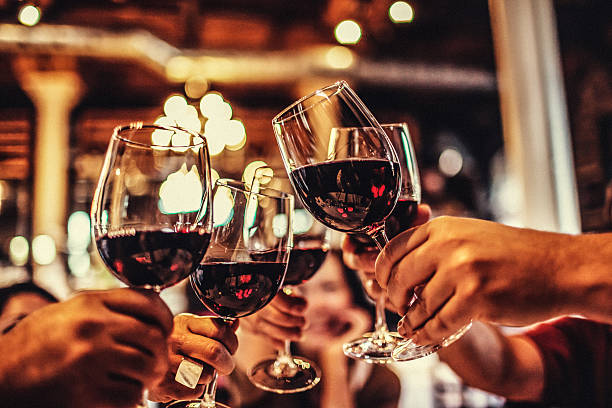“I urge you to travel – Find out how other people live and eat and cook”- Anthony Bourdain
Travel and learn I did. My recent trip to Puglia was an outstanding culinary education on a wonderfully traditional southern Italian cuisine.
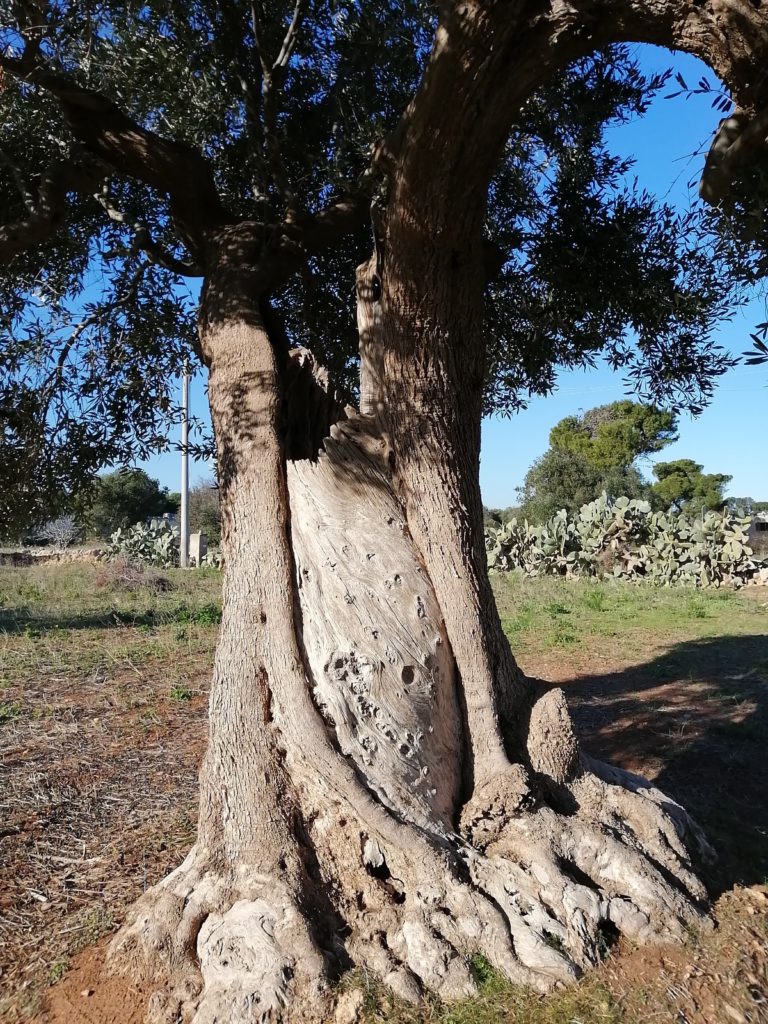
The geographical make up of this region alone lends itself to gastronomic greatness. Its iron-rich soil and sun-soaked landscape create an ideal growing climate making it a highly agricultural area. Much of the country’s wine-making grapes, durum wheat and olives are grown here. Puglia in fact, is considered the Tavioliere or “Breadbasket” of the nation because it is home to some of the Bel Paese’s most beloved staples, bread and pasta. The Puglian countryside also boasts millions of olive trees from which 40 percent of Italy’s olive oil is produced, some of which is D.O.P. certified. In addition to the numerous olive groves are the vineyards where wine producers output an estimated 159 million gallons of wine per year. Wines from this region are predominantly reds such as Primitivo, Negroamaro and Bombino Nero.
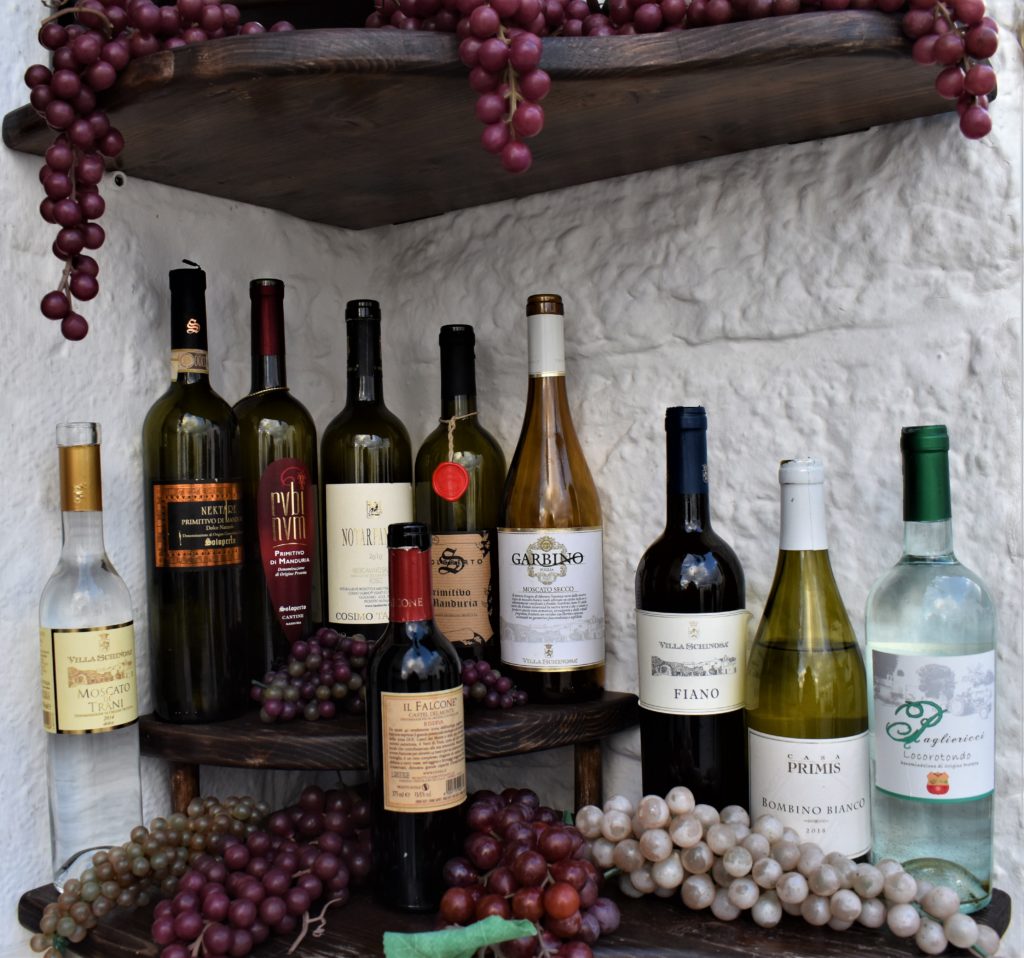
Its mountainous interior makes the perfect breeding ground for livestock such as sheep, goats and cows that provide both meat and milk for some of the most incredible cheeses (both fresh and aged). Five hundred miles of coastline on the other hand provide a bounty of seafood that also plays a large role in the local cuisine.
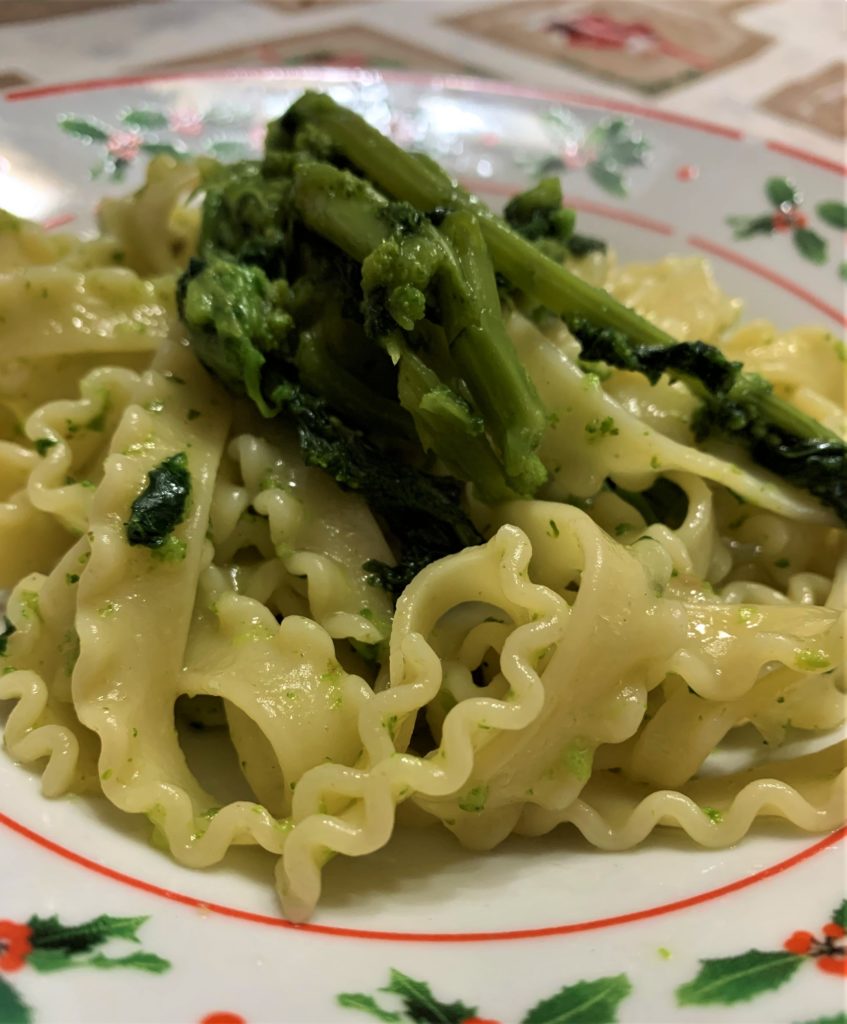
Over the course of seven days I was incredibly satiated by many of the specialties of the region, enjoying a delectable balance between homecooked family feasts, quintessential street food and restaurant cuisine. Family gatherings, from the moment of arrival all began in the same delicious manner, a bounty of bread, fresh mozzarella, cacciocavallo, spicy cured olives, a variety of homemade vegetables sott’olio (local vegetables preserved with olive oil and vinegar), salumi and rapini or Cime di Rapa. The spread sometimes included focaccia and calzone di cipolla (a savoury onion pie flavored with olives and anchovies). This banquet would’ve been enough on its own as a meal, but it was antipasto that was followed up by a pasta dish and a main course. Waved ribbons of Mafalda pasta with cime di rapa, pasta zita dressed in the ragu that slowly simmered bracciole (meat rolls stuffed with aged goat’s milk cheese, parsley and chili peppers) or stamardd’ (stampatello in Italian which is the calf part of the lamb shank). The meats simmered in the sauce then served as our main in addition to the most succulent roast lamb with potatoes, onions and mushrooms (in Puglia, lamb is the meat of choice).

Seafood, which as mentioned plays a large role, was also something we enjoyed at home. Our New Year’s Eve dinner in fact was predominantly a seafood dinner that featured an array of fish based antipasti, a sensational dish of cavatelli ai frutti di mare (cavatelli are small pasta shells from eggless semolina dough that are native to the region) and platters of frittura di pesce (crispy and golden fried fish). The meal always ended with a sweet finish, my favourite being the homemade cartellate (deep fried pastry wheels that are soaked in honey or vino cotto that are typical holiday treats).
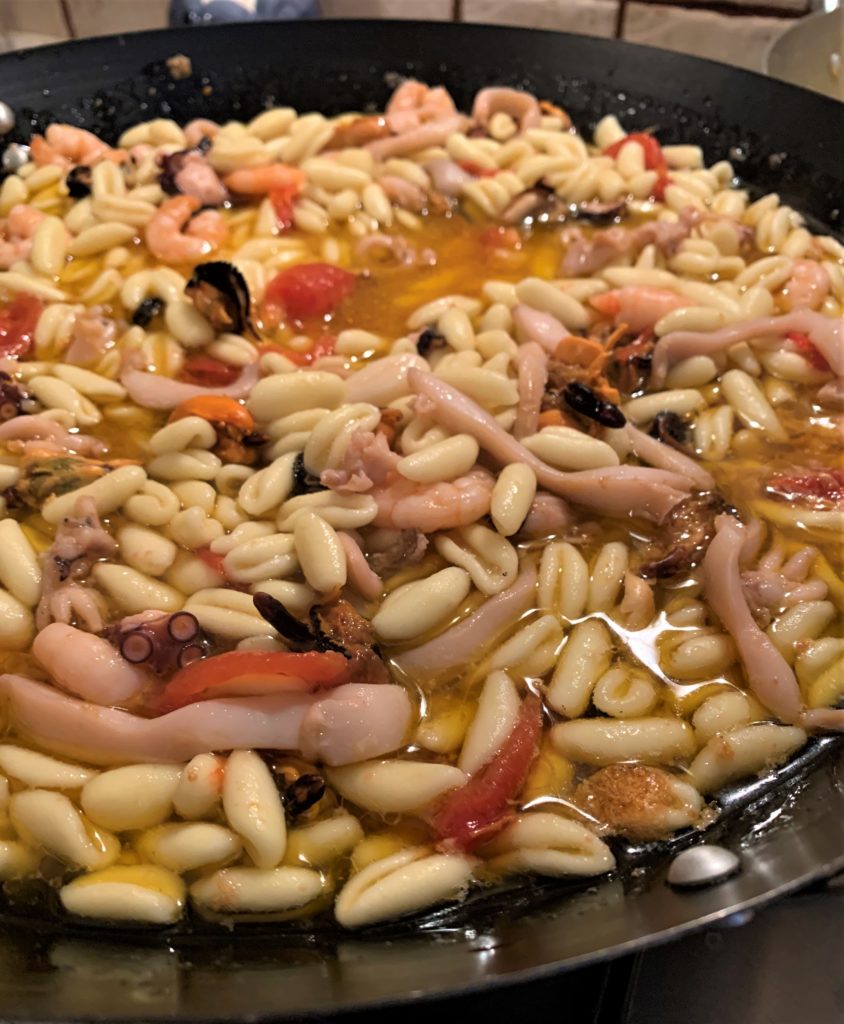
Dining out was something done on a daily for colazione (breakfast). I love the ritual of starting the day at the local bar (what would be a coffee or pastry shop here) caffeinating and giving good morning greetings. Cappuccio e cornetto (cappuccino and croissant) this is the wonderful buongiorno that is always the same for me no matter what part of Italy I find myself in. The morning pastries I enjoyed routinely at Caffe Ruggiero were exceptional. I accompanied my frothy coffee each morning with a different pastry, tortina di mela e crema pasticciera (apple and custard pastry), cornetto al pistacchio (pistachio cream croissant), brioche al cioccolato (chocolate filled brioche bun), cornetto all’amarena (amarena cherry croissant) and cornetto alla Nutella (Nutella croissant).

My first eatery experience in Puglia was dinner at Braceria Caputi, an Italian steakhouse found in the Town of Toritto. This braceria I can only describe as a carnivorous paradise where beautiful cuts of meat are selected from their vast array then grilled over an open flame to be enjoyed. This was a mouthwatering and memorable meal that began with bruschetta (crispy crostini topped with sweet tomatoes and peppery arugula and finished with locally produced liquid gold aka olive oil) and melanzana grigliata (a tantalizing torte of grilled eggplant drizzle with Balsamic glaze). Next, a melt-in-your mouth tartar topped with an organic, free range egg yolk (the owner of the braceria explained to me that the chickens that lay the eggs used here, only do so ever 36 hours unlike “factory” chickens). The tartar was finished off with slivered almonds adding a lovely and light crunch and texture to the dish.
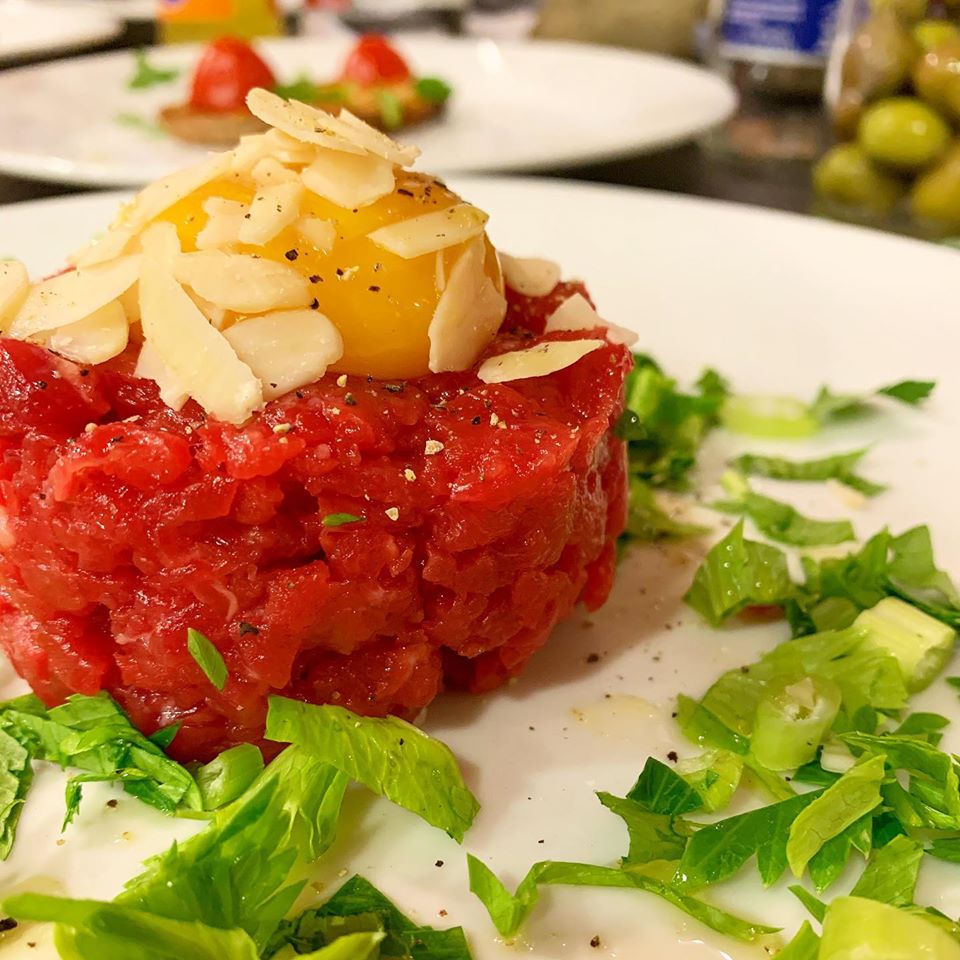
After the tartar, it was onto the grilled meats, the first of which being Tagliata all’uovo biologico (a super tender striploin steak sliced and topped with the same organic yolk and shavings of aged cacciocavallo cheese) and Tagliata alla Stracciatella (striploin topped with creamy stracciatella cheese, arugula and chopped pistachios). Following the tagliata was a local specialty known as cervellata. This is a sausage prepared with beef and pork meat mixed with fennel, white wine, black pepper and local pecorino cheese. Its name cervellata which translates to brain, derives from the characteristic shape of the minced meat. A juicy and flavorful sausage that goes best with crusty bread.

Last, but not least, another local specialty, n’ghjmredd or torcinelli. These are not for the faint of heart and might make some squeamish as they are a dish consisting of lamb intestines wrapped around lamb liver or offal. Admittedly, I don’t typically eat offal apart from trippa (tripe) but because I believe in experiencing travel through food, I gave them a try and was pleasantly surprised at how much I enjoyed these grilled rolls.

n’ghjmredd from Braceria Caputi
And though we did not order it, I truly enjoyed watching the spectacle of a Bistecca Fiorentina being carved tab side for patrons by the Chef.
From the mountains we moved to the sea for another unforgettable dinner, this one in Polignano a Mare at the Ristorante Donna Gina. A seafood restaurant with a breathtaking view of the area’s magnificent cliffs. Here my taste buds reveled in the raw as I finally got a taste for the pesce crudo I had heard so much about. We ordered a local white wine, fresh and crisp, to sip as we perused the menu. The first palate pleaser was Pettola con caviale, crema di limone, salsa di gamberi e cima di rape (pettola is a typical Pugliese fritter that was nestled atop shrimp sauce and served with a dollop of lemon cream, caviar and fried broccoli rabe).
Following the pettola was a literal sampling of the sea with the Degustazione di frutti di mare (a raw seafood platter featuring oysters, mussels, clams, scampi and squid). A mere squeeze of lemon was the only seasoning required on this succulent seafood.

The primo, a pasta dish of Troccoli con scampi, polpa di ricci e pomodorini gialli. Troccoli are similar to spaghetti but are an egg-based pasta (unlike many of the eggless pastas found in Puglia), which were served in a luxuriously creamy sauce of sea urchin and yellow tomato.
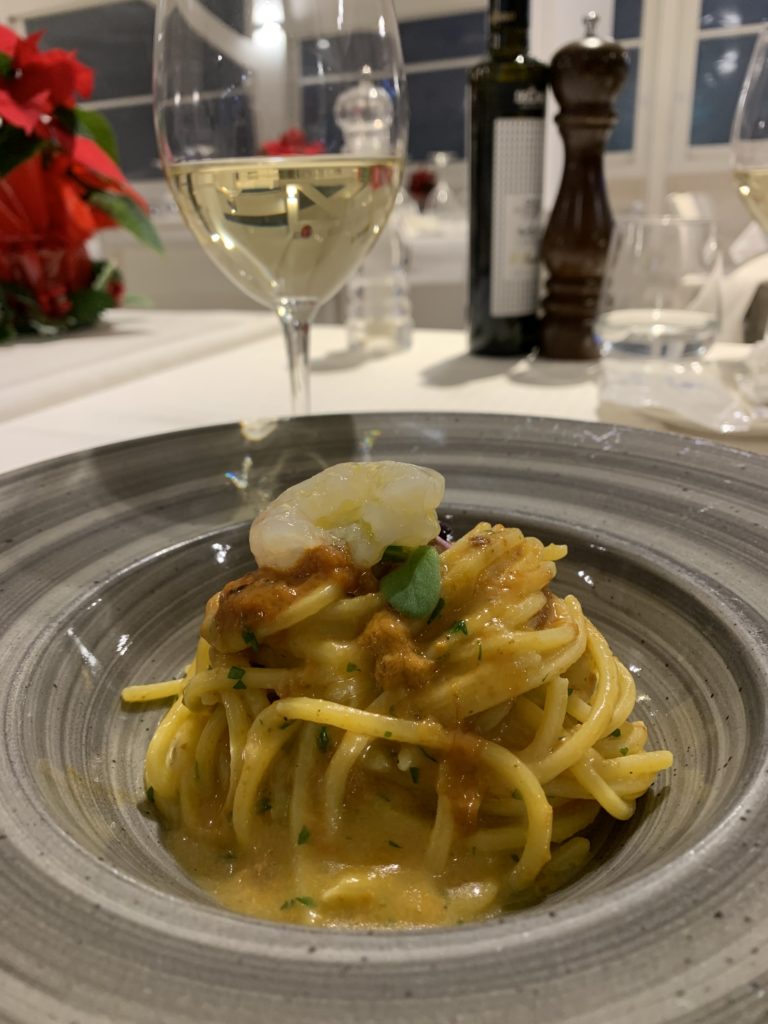
I did glance at the dessert offerings but ordered only an espresso to cap off my meal because part of my Polignano experience had to include a visit to the famous Supermago del Gelato where I indulged in a cono al pistacchio notwithstanding the wintery weather.
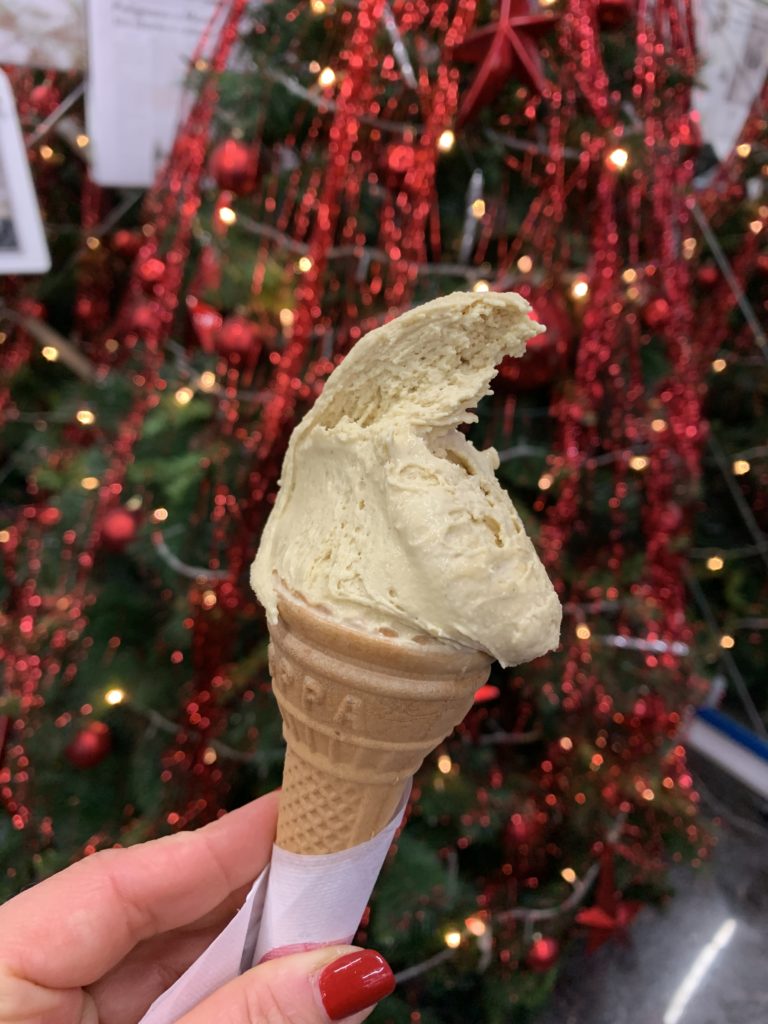
Rounding out my gastronomic journey was the fare found a foot while exploring some of the regions’ famed borghi. A trip to the medieval city of Martina Franca in the Valle D’Itria, meant only one thing, a taste of their acclaimed capocollo. This is one of the most authentic pieces of charcuterie from Puglia and the undisputed king of salumi in the area. The uniqueness of this capocollo comes from the ancient, rural traditions of its production which continue to be upheld. The capocolli are washed with cooked wine of the Verdeca vine and remain marinated in it for several hours. Once placed in their casings the capocolli are then lightly smoked using bark of Fragno, a typical oak of Valle d’Itria which gives it a unique aroma. The capocolli are then left to mature in cellars with natural ventilation for 120 days. I enjoyed this delicacy in a warm, crusty bun along with fresh mozzarella and washed it down with a nice cold beer. It was a divine sandwich, perfect in its absolutely simplicity but complexity of artisanal flavour.
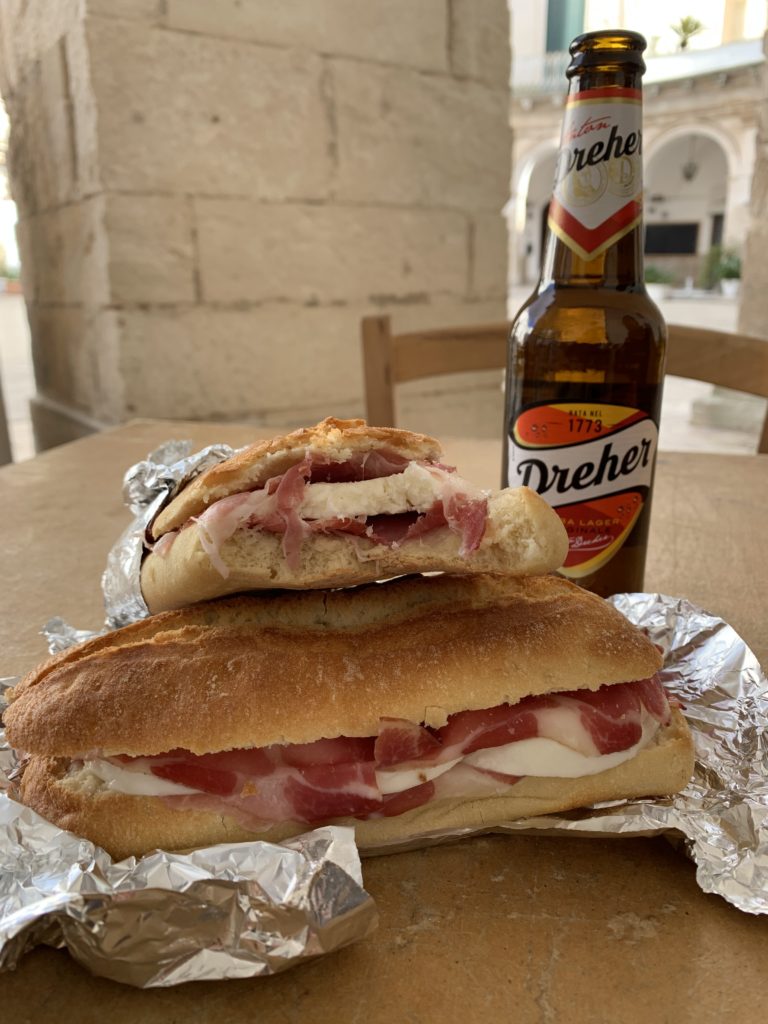
The other tempting tastes came while strolling down the cobblestone streets of Bari Vecchia. Here we found vendors frying up popizze which are fritters made from pizza dough that are enjoyed with a sprinkling of salt, and sgagliozze which are square or rectangular pieces of fried polenta. My must-try was the fcazz (dialect for focaccia) and panzerotti from one of the oldest bakeries in town, Panificio Fiore. Their focaccia was named the best not only in Bari, but in all of Italy. Revered in this way how could I not take my place in line to try for myself. One bite cemented that nod with me. Crispy and chewy at the same time, glistening with oil and punctuated by sweet, plump tomatoes and salty black olives (with their pits still intact by the way, in true Italian form).

Reminiscing on this incredible, edible destination has got me salivating all over again. Puglia is a region of many tastes with an incredible food culture. I delighted in sampling the specialties of Italy’s heel that left me satiated both in body and soul, and I look forward to returning for a second helping. Buon Appetito!

